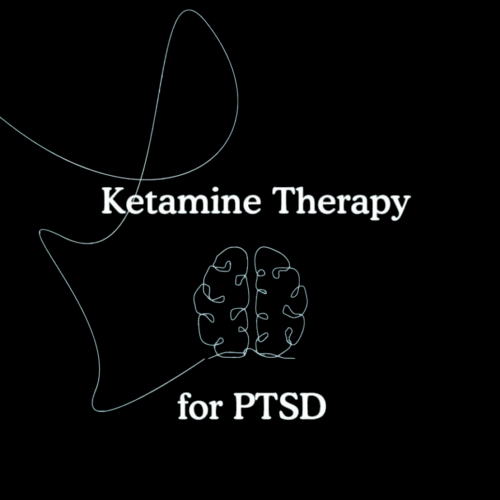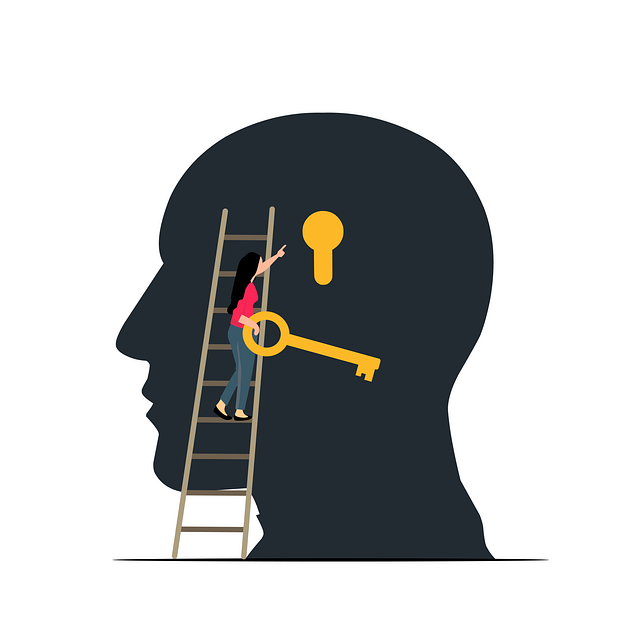Understanding the Depth of Psychodynamic Therapy
Mental health care has evolved over the years, offering people a wide range of therapeutic approaches. Some therapies focus on immediate symptom relief, while others aim to explore deeper layers of the mind to address the root causes of emotional struggles. Among these, psychodynamic therapy stands out as one of the most influential and time-tested methods.

Rooted in the theories of Sigmund Freud and further developed by generations of psychoanalysts and psychologists, psychodynamic therapy emphasizes the role of unconscious processes, early childhood experiences, and interpersonal relationships in shaping mental health. Unlike quick-fix therapies, psychodynamic therapy invites individuals to explore their inner worlds, uncover hidden patterns, and gain insights that lead to lasting change.
What Is Psychodynamic Therapy?
Psychodynamic therapy is a form of talk therapy that helps individuals understand the connection between their unconscious mind, past experiences, and present behavior. It is based on the belief that unresolved conflicts and unacknowledged feelings from childhood often influence current emotional struggles.
Origins and History
- Sigmund Freud, the founder of psychoanalysis, laid the groundwork for psychodynamic principles in the late 19th and early 20th centuries.
- Over time, thinkers like Carl Jung, Alfred Adler, Melanie Klein, and Erik Erikson expanded these ideas into different psychodynamic approaches.
- Modern psychodynamic therapy has evolved into a more flexible and practical approach than classical psychoanalysis, while still emphasizing self-awareness and insight.
Goals of the Therapy
The primary goals of psychodynamic therapy are:
- To uncover unconscious conflicts and motivations.
- To increase self-awareness and understanding of emotional patterns.
- To improve relationships and daily functioning.
- To resolve psychological distress at its root rather than just treating symptoms.
Conditions Psychodynamic Therapy Helps With
Psychodynamic therapy is effective for a variety of mental health concerns, including:
- Depression
- Anxiety disorders
- Personality disorders
- Trauma-related issues
- Relationship difficulties
- Grief and loss
- Long-standing behavioral patterns
Core Principles of Psychodynamic Therapy
Psychodynamic therapy is guided by several foundational principles that shape how it works.
Unconscious Processes
Much of human behavior is influenced by thoughts and feelings outside of conscious awareness. Psychodynamic therapy seeks to bring these hidden forces into the open.
Early Life Experiences
Childhood experiences play a significant role in shaping adult behavior. The therapy explores how unresolved childhood conflicts may continue to affect a person’s present.
Relationship Dynamics
Patterns in early relationships often repeat in adulthood. By analyzing these patterns, individuals can understand and improve their interactions with others.
Self-Awareness and Insight
The ultimate goal of psychodynamic therapy is to increase self-awareness. By gaining insight into unconscious motivations, individuals can break free from destructive cycles.
What Are the Five Major Elements of Psychodynamic Therapy?
Psychodynamic therapy operates through five essential elements that guide the therapeutic process.

1. Free Association
Clients are encouraged to speak freely about whatever comes to mind. This technique helps uncover unconscious thoughts and feelings that might not surface otherwise.
2. Transference and Countertransference
- Transference: Clients may project feelings from past relationships onto the therapist.
- Countertransference: The therapist’s emotional reactions to the client, which can provide valuable insights.
3. Interpretation
The therapist helps the client make sense of unconscious material, dreams, and behavioral patterns. Interpretations provide a new perspective on old problems.
4. Resistance
Resistance occurs when clients unconsciously avoid discussing painful topics. Identifying and addressing resistance is central to progress.
5. Working Through
Lasting change requires revisiting themes repeatedly, gradually integrating insights into everyday life. This process, called working through, allows deep transformation.
What Is the Psychodynamic Approach?
The psychodynamic approach is a perspective in psychology that emphasizes the role of unconscious processes and early life experiences in shaping behavior.
Key Features of the Psychodynamic Approach
- Focus on the unconscious mind and hidden motivations.
- Exploration of unresolved conflicts from the past.
- Emphasis on dreams, fantasies, and symbolic meaning.
- Attention to the therapeutic relationship as a mirror of other relationships.
- A belief that increased self-awareness leads to lasting change.
The psychodynamic approach is broader than just therapy—it influences fields like literature, art, education, and cultural studies.
What Is Psychodynamic Therapy vs CBT?
While both psychodynamic therapy and cognitive behavioral therapy (CBT) are widely used, they differ in goals, techniques, and focus.
Psychodynamic Therapy
- Focuses on long-term insight and personality development.
- Explores unconscious processes and childhood influences.
- Addresses root causes of psychological distress.
- Typically longer in duration (months to years).
CBT
- Focuses on short-term symptom relief.
- Identifies and changes negative thought patterns and behaviors.
- Structured, goal-oriented, and time-limited.
- Typically shorter in duration (8–20 sessions).
When Each Is Recommended
- Psychodynamic therapy is often chosen for deep-rooted issues, personality disorders, or when self-understanding is a goal.
- CBT is often recommended for immediate symptom management, such as phobias, panic attacks, or OCD.
Both therapies can be effective and are sometimes combined for comprehensive treatment.
How Psychodynamic Therapy Works in Practice
A psychodynamic therapy session typically involves a collaborative dialogue between therapist and client.
Structure of Sessions
- Sessions are usually 45–60 minutes long, held once or twice per week.
- The client leads the conversation, while the therapist listens attentively.
- Themes and patterns are explored over time rather than rushed.
Therapist-Client Relationship
The therapeutic relationship itself is a central tool. By analyzing transference and interpersonal dynamics, clients can gain insights into their real-world relationships.
Techniques Used
- Free association
- Dream analysis
- Interpretation of behavior and resistance
- Exploration of recurring themes
Benefits of Psychodynamic Therapy
Research has shown that psychodynamic therapy offers numerous benefits, many of which extend beyond symptom relief.
Emotional Growth
Clients develop a deeper understanding of their emotions and motivations.
Long-Term Improvement
Psychodynamic therapy often leads to enduring change, even after therapy ends.
Better Relationships
By understanding relationship patterns, clients improve communication and intimacy.
Symptom Relief
Although not the primary focus, many clients experience reduced anxiety, depression, and other symptoms.
Holistic Healing
Rather than just addressing surface-level problems, psychodynamic therapy fosters overall personal growth.
Challenges and Limitations of Psychodynamic Therapy
Like all therapies, psychodynamic therapy has its challenges.
Time Commitment
It typically requires longer-term engagement than some other therapies.
Accessibility
Finding trained psychodynamic therapists may be more difficult in certain areas.
Cost
The longer duration of therapy can make it more expensive.
Misconceptions
Some people believe it is outdated or only about “lying on a couch,” though modern psychodynamic therapy is more collaborative and flexible.
Who Can Benefit from Psychodynamic Therapy?
Psychodynamic therapy is well-suited for individuals who:
- Struggle with chronic depression or anxiety.
- Have difficulties in relationships.
- Want to understand themselves more deeply.
- Experience personality disorders or complex trauma.
- Seek long-term personal growth, not just short-term symptom relief.
It is especially effective for those who are open to self-reflection and committed to the process of self-discovery.
Conclusion: The Lasting Impact of Psychodynamic Therapy
Psychodynamic therapy remains one of the most profound and influential approaches in mental health care. By uncovering unconscious patterns, exploring early experiences, and fostering deep self-awareness, it goes beyond surface-level solutions to promote lasting change.
Unlike short-term therapies that focus solely on symptom relief, psychodynamic therapy addresses the root causes of psychological distress. While it requires time and commitment, the benefits—emotional growth, improved relationships, and greater self-understanding—are life-changing.
For individuals seeking not just to feel better but to understand themselves more deeply and live more authentically, psychodynamic therapy offers a powerful and enduring path to healing.



